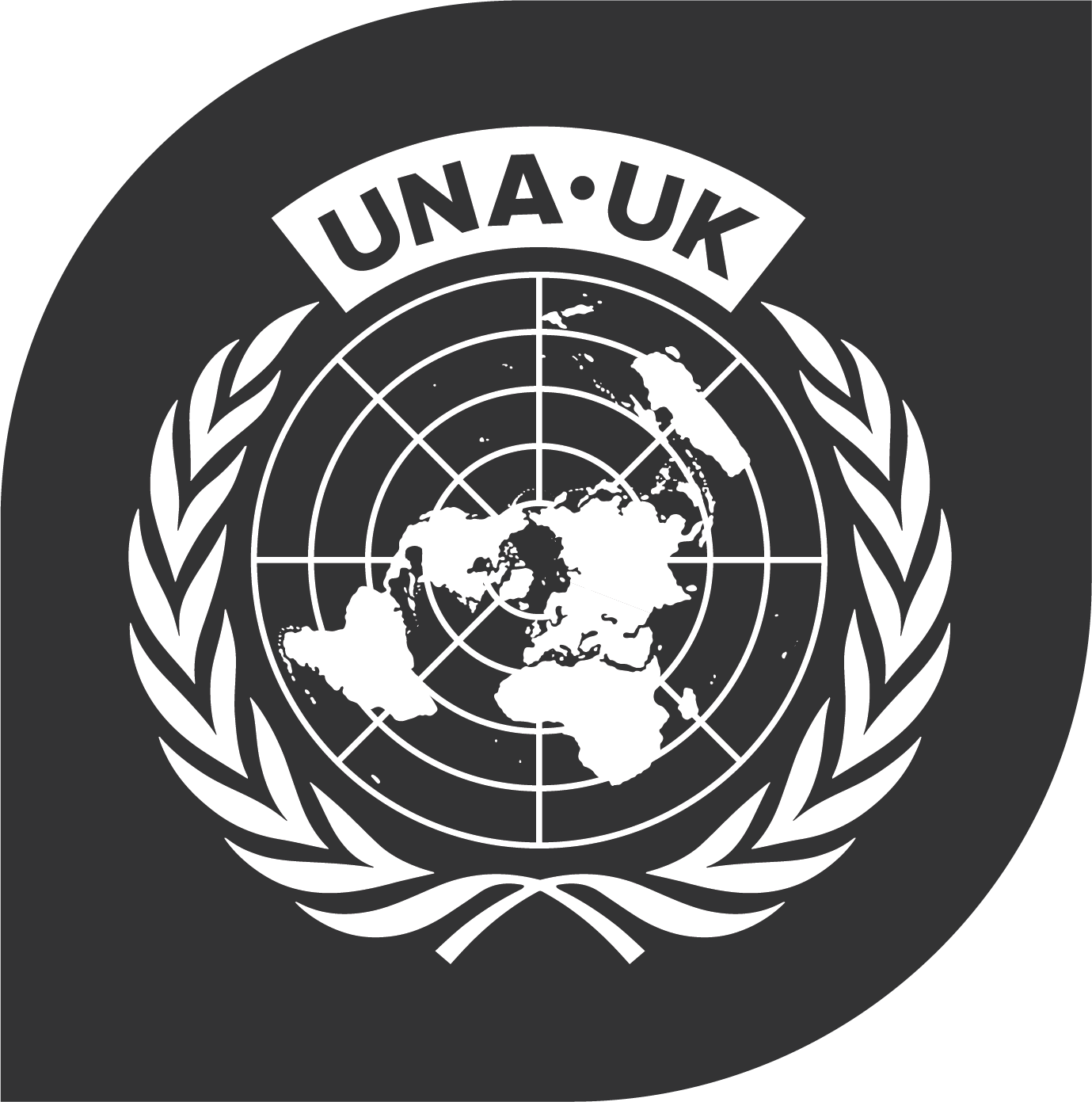Financing an event can be approached from two very different perspectives. The approach depends on whether the question being asked is "What kind of event can we afford" or "What kind of event do we want"? The first is based on the funds we have at our disposal, whilst the second looks at what funds would need to raised. Here are some thoughts that emerged from conversations with local UNAs that might help groups tackle this particular challenge. If you have ideas of your own then please let us know so we can share them here.
Thinking about costs and creating a budget
Some costs, like hiring a venue, equipment and publicity costs, might be fixed, but others (such as printing, postage or providing refreshments) will depend upon the number of people attending. It's helpful, therefore, to identify all the areas of expenditure and separate those costs that are fixed from those that are not. Some of the biggest costs include hiring a venue and AV equipment, speaker and volunteer expenses, publicity costs, printing and stationery, refreshments and decorations.
Having a realistic budget - one that anticipates likely costs and identifies how those costs would be met - is crucial. There are lots of websites available on the internet that can provide further ideas and advice on event planning and there is also a free Microsoft Office Excel event budget template. It's often helpful to incorporate a 10% budget contingency for unexpected costs.
Once the costs of putting on an event are known, attention needs to be paid to how those costs might be met. Costs can either be met by existing funds, by fundraising, through ticket prices, sponsorship or perhaps through other voluntary contributions.
Fundraising events
Some events are specifically organised to raise funds. Local UNAs gave us examples of how fundraising is used to cover general running costs, support the work of other charitable organisations or cover the cost of events. There are a variety of imaginative ways of raising funds such as sponsored events; collections; raffles; auctions; bring & buys, informal coffee mornings and more formal dinners. Better Fundraising and 100 fundraising ideas provide more food for thought for those who wish to explore further.
Don't forget that fundraising activities that involve any form of gambling are subject to legal constraints. The Institute of Fundraising provide some helpful information on this and other matters.
Fundraising online
Websites are an increasingly popular way of raising awareness and financial support for causes and there is a broad range of services available that could help local UNAs to raise funds on the internet. Nonprofit Tech for Good provides ten top tips for raising funds through a website and the Resource Alliance website provides further ideas and suggestions for effective fundraising.
Sponsorship
Many of the larger companies have a formal policy and allocated budget for social responsibility and community projects but even smaller, more local, businesses may want to feel part of what you do. Approaching them with a clear project in mind and the level of contribution you require is helpful. Of course, a mention of their support in the event's publicity would usually be appropriate and could help foster long term relations. There are a number of directories that provide details of funding organisations available, including:
A real life budget planning example
A real life example of approaching a budget can be seen in how the Procedure Committee planned UNA's Policy Conference. Having set a date and agreed the kind of event it wanted, the committee set about determining the costs it would need to meet and these included:
- Hiring a suitable venue
- Audio visual equipment such as projectors, screens and sound equipment.
- Expenses for having staff, voluntary helpers and speakers at the event.
- Publicising and promoting the event
- Refreshments
- Printing, phone calls and postage
- Incidental committee costs
The committee anticipated that venue costs were likely to constitute the largest single outlay and began looking for suitable venues. Preliminary enquiries allowed the committee to produce a shortlist of possible venues and prepare a number of budgetary options. Having determined the likely costs, the committee added a contingency buffer of 10% in case they had overlooked anything, and came up with an informed estimate of what it would cost to host the event. This information enabled the committee to make a decision on the venue.
Based on these costs, experience of organising the event in previous years, an anticipated attendance figure and a grant from UNA-UK, the committee determined the ticket price needed to balance the budget. Having created a working budget and brainstormed anything they might have missed, the committee now had a budget that would inform planning and final decision making during the rest of the event organisation.
Other pages in this guide:
